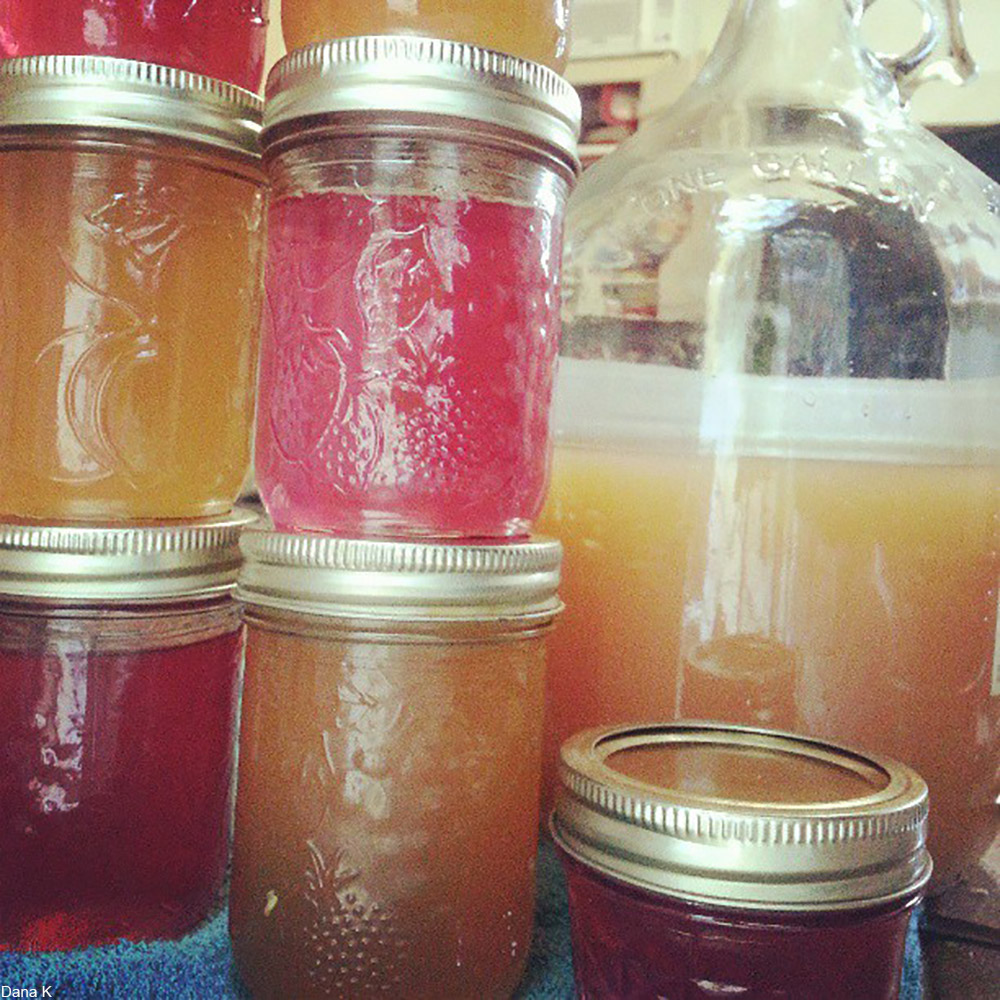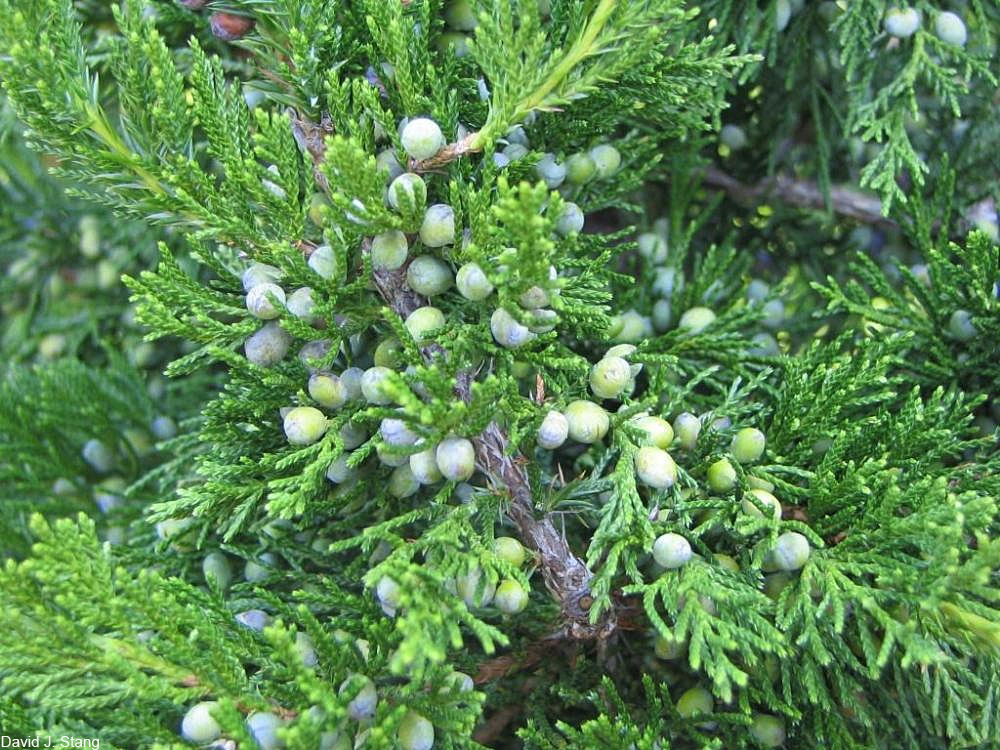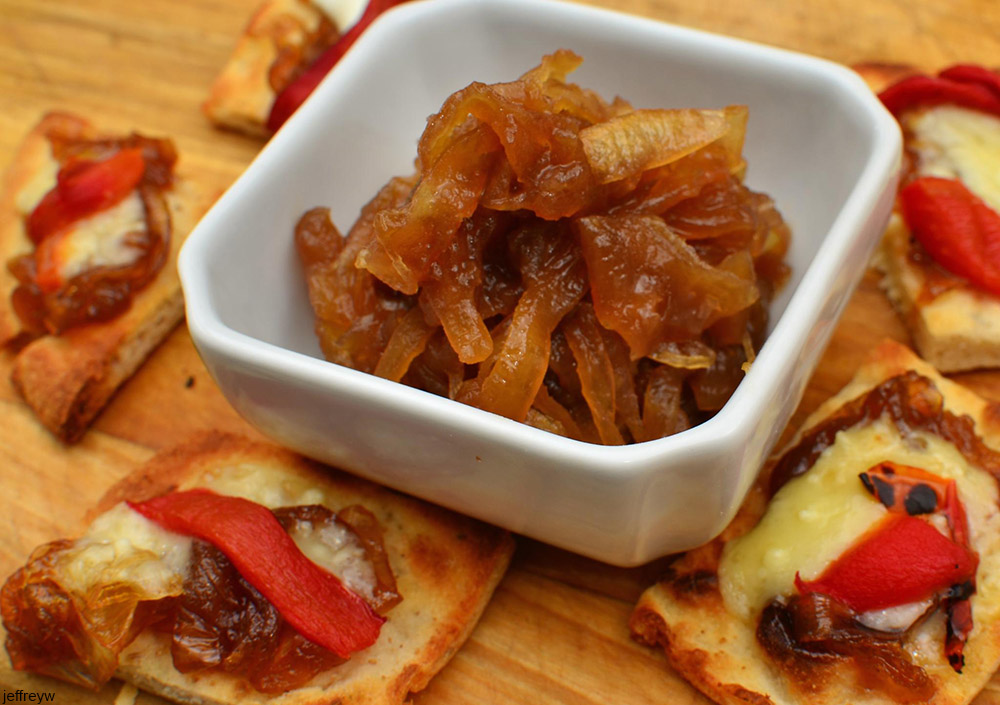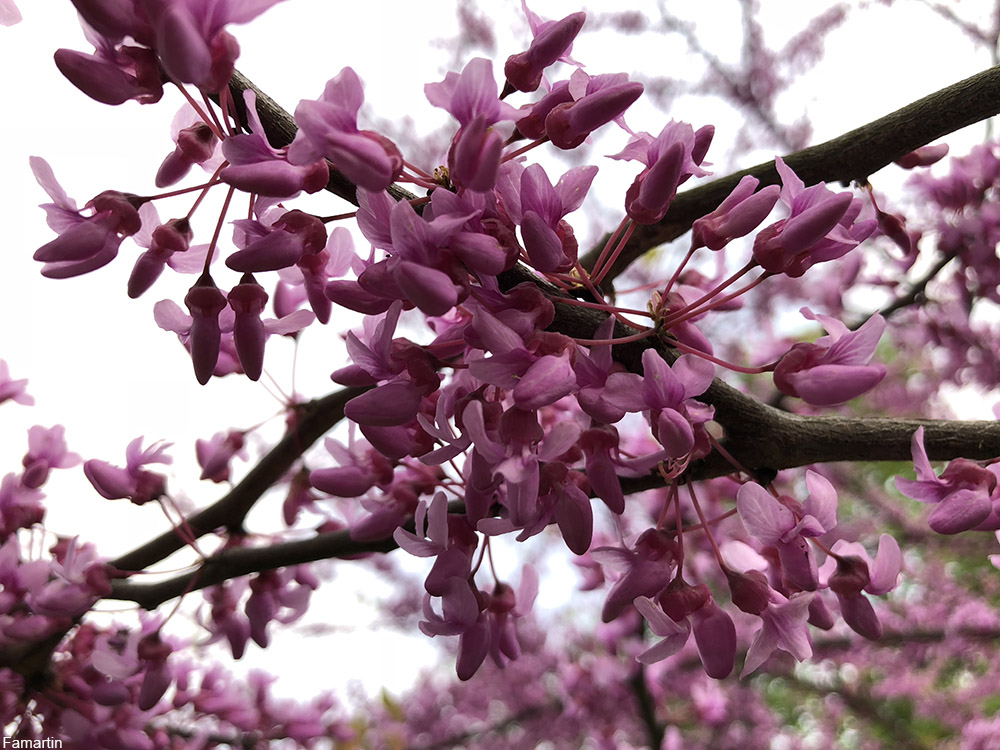When it comes to making jams and jellies many of us get stuck making the same thing year after year. And, there’s no denying that strawberry jam or grape jelly are the classics. But, did you know that there are a huge range of jellies you can make from not-the-usual suspects that can inject some new flavors into your daily menu? Here are 6 jellies you may not have known you can make. Just a reminder that if you ever forage for food in the wild, you’ll need to independently verify that you’re picking the correct plants before you prepare them.

Violet Jelly
This is a very old fashioned type of taste. If you remember those violet pastille candies, then you may have some idea of what violets taste like. Although, the jelly is more subtle and sweet than the candies. It’s good on biscuits or as the filling for thumbprint cookies. The color of the finished jelly is also quite impressive and small jars of this stuff make excellent (and unique) gifts! You can find a recipe for violet jelly right here.

Cedar Jelly
Cedar is not a plant that most of us associate with food, but in hard times a variety of evergreens have been used by cultures around the world for flavor and even sustenance. For instance, pine bark bread was a common famine food in Scandinavia. And, cedar jelly has been used in the past as a replacement for mint jelly alongside lamb.
Fresh herbs are often in short supply when a family has been uprooted or when there has been a drought. But, substitutions like cedar jelly made it possible to enjoy familiar dishes. And the New World “cedars” offered just that, though they are different kinds of trees to true Old World cedars.

While cedar doesn’t taste exactly like mint, it does have fresh and aromatic qualities that make for a flavorful jelly. If you’re interested to try this jelly you can get the recipe here.
Onion Jam
This jam has been a favorite on ham and pork for many years, but it’s also fabulous with bread or crackers as part of a cheese plate as well. And, this jam can bring a simple grilled cheese to new heights of perfection.

The natural sweetness of onions when cooked makes them ideal candidates for savory-sweet jam. Some recipes call for adding garlic, ginger, or thyme to accompany the onion-y goodness. If you love onions then you need to try this jam! Find a garlic-infused recipe for onion jam right here.
Tomato Jam
When it comes to tomatoes we all know that they don’t last that long once picked. Common ways to preserve them are salsa and tomato sauce, but tomato jam can be a really lovely way to have a bit of summer in the winter. Cooks first began making tomato jams and jellies in the early and mid-1800s, but many settlers to the U.S. were confused about how to use this new food since it didn’t really bake into a pie like other fruits did.

This type of jam can be made either sweet or somewhat savory depending on the recipe, with ingredients like lime juice or cumin adding different flavor profiles. Some cooks even add chopped, cooked bacon to the jam for a savory surprise in each bite. A simple Portuguese recipe can be found here, but more complicated and spiced versions abound as well.
Raisin Jam
For those who aren’t great raisin fans, a jam might not save the day. But, if you love to try new flavors then perhaps a spicy raisin jam could do the trick. Raisins were a popular dried fruit in all kinds of foods -both sweet and salty- for many centuries. In the old days they were one of the more reliable fruit foodstuffs available for cooks and this didn’t change until well into the 20th century. Try the recipe here for a ginger and orange zest raisin jam that looks divine.

Redbud Jelly
Redbuds don’t make a long lasting bouquet, but they can make a delightful jelly. Like violets, the jelly made from redbuds is pink in color and has a subtle flavor that is very much like how these blossoms smell. Early American explorers noted redbud blossoms as one of the many novel foods of the New World, though today it’s importance has faded compared to foods like potatoes and tomatoes which changed how the whole world eats.

You start this jelly recipe off by making a tea from 4 cups of the blossoms. Find the recipe here.
These jams and jellies might no be the ideal match for PB & J, but they can add some zest and flavor to your meals. Who knows- you might find a new favorite among these unique recipes.













